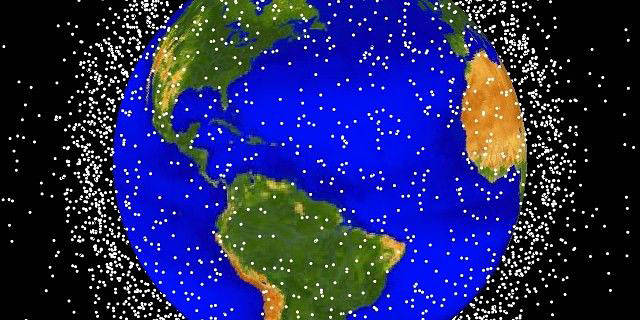China’s Tsinghua Science Satellite is crucial in collecting data to help precisely track and forecast space debris. Wang Zhaokui, a professor at Tsinghua University, shared this information at the 5th Committee on Space Research Symposium held in Singapore on Thursday.
Launched from northwestern China’s Jiuquan Satellite Launch Center on August 6, 2020, the satellite generally operates in orbit. It continuously collects precision orbital data to improve the Earth’s upper atmosphere model, essential to precisely tracking and forecasting space debris.
According to Wang, the satellite weighs 21.2 kg and operates from an altitude of 500 km. It features a unique pure spherical configuration that ensures the atmospheric drag is independent of the satellite’s attitude, significantly improving the accuracy of atmospheric density measurement. The team also developed an electromagnetic separation system, a supercapacitor-battery power system, and an integrated full-field solar sensor. This R&D provides a solid foundation for the future R&D of small satellites built for carrying scientific payloads.
The development of this satellite has allowed the research team to cultivate a team with an average age of just 25 years old. These young researchers will be a substantial reserve for conducting China’s space science research.
The event, held at Nanyang Technological University from April 16 to 21, attracted over 200 scientists, researchers, and industry experts to discuss advances in space sciences. The symposium focused on the emerging field of small satellite development, rapidly gaining attention for its potential to revolutionise space exploration and scientific research.
Overall, the development and successful operation of the Tsinghua Science Satellite represent a significant achievement for China’s space program. The satellite’s cutting-edge technology and the young research team’s talent and dedication make them well-positioned to advance China’s space science research in the future.





